Home>Home Appliances>Laundry Appliances>Water Pressure Drops When Washing Machine Is On
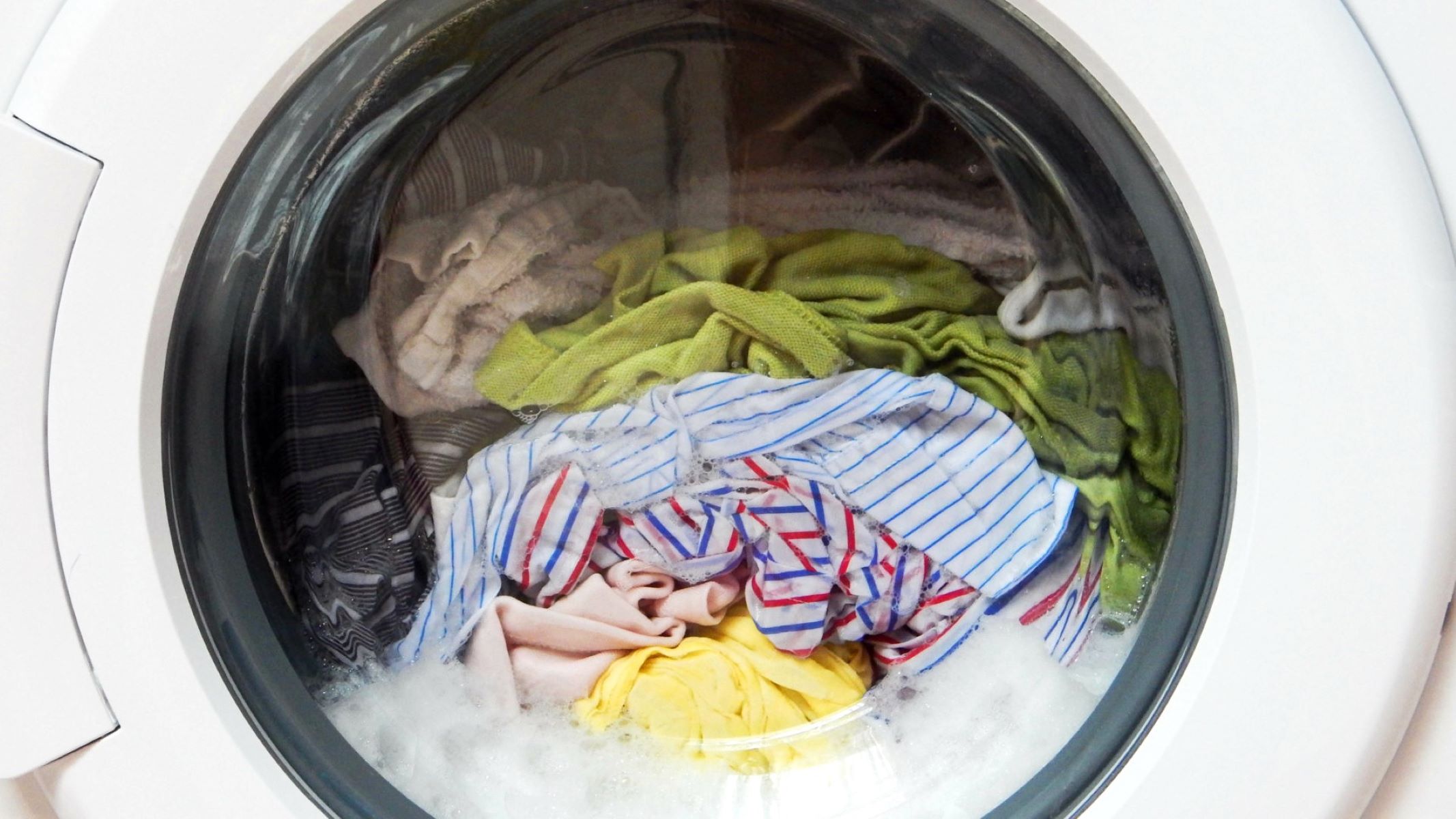

Laundry Appliances
Water Pressure Drops When Washing Machine Is On
Published: February 22, 2024
Ensure proper water pressure for your laundry appliances. Learn why the water pressure drops when the washing machine is on and how to fix it. Keep your laundry running smoothly.
(Many of the links in this article redirect to a specific reviewed product. Your purchase of these products through affiliate links helps to generate commission for Storables.com, at no extra cost. Learn more)
Introduction
When you turn on your washing machine, do you notice a drop in water pressure throughout your home? This common issue can be frustrating and inconvenient, especially when you're trying to accomplish multiple tasks simultaneously. Understanding the reasons behind this water pressure drop is crucial for addressing the problem effectively. In this article, we will delve into the factors that contribute to a decrease in water pressure when the washing machine is in use. By gaining insight into the causes and effects of low water pressure, as well as exploring potential solutions, you will be better equipped to tackle this issue and restore optimal water flow in your home. Let's embark on a journey to unravel the mysteries of water pressure fluctuations and discover practical ways to overcome them.
Key Takeaways:
- Don’t overload your plumbing! Running the washing machine while using other water-intensive appliances can cause low water pressure. Stagger usage to keep the flow strong for all your activities.
- Keep your plumbing happy! Regular maintenance, cleaning or replacing the water inlet valve, and optimizing pipe layout can improve water pressure and make laundry day a breeze.
Read more: How Much Water Does A Pressure Washer Use
Understanding Water Pressure
Water pressure refers to the force exerted by water as it flows through the pipes and fixtures in your home's plumbing system. It is measured in pounds per square inch (PSI) and plays a pivotal role in ensuring the efficient operation of various appliances, including washing machines. Understanding water pressure is essential for maintaining a functional and reliable plumbing system.
When water enters your home from the municipal supply or a private well, it does so under a certain level of pressure. This pressure allows the water to travel through the pipes and reach your faucets, showerheads, and appliances. Adequate water pressure is crucial for the proper functioning of household activities, such as showering, dishwashing, and laundry.
In the context of a washing machine, sufficient water pressure is necessary to facilitate the filling of the machine's tub, the operation of the detergent dispenser, and the rinsing of clothes. Insufficient water pressure can lead to prolonged washing cycles, inadequate detergent distribution, and unsatisfactory cleaning results.
Water pressure can be affected by various factors, including the distance from the water source, the condition of the plumbing pipes, and the presence of any obstructions or leaks. Additionally, the overall demand for water within your home, such as simultaneous use of multiple fixtures or appliances, can impact water pressure.
Understanding the dynamics of water pressure empowers homeowners to identify and address issues that may arise. By recognizing the significance of maintaining optimal water pressure, individuals can take proactive measures to ensure the smooth operation of their plumbing system and household appliances.
In the next sections, we will explore the specific causes of water pressure drops when the washing machine is in use, the effects of low water pressure, and practical solutions to improve water pressure in your home. This comprehensive understanding will equip you with the knowledge needed to effectively manage water pressure fluctuations and enhance the functionality of your plumbing system.
Causes of Water Pressure Drops When Washing Machine Is On
-
Simultaneous Water Usage: When the washing machine is in operation, it demands a significant amount of water to fill its tub and carry out the washing and rinsing cycles. This sudden surge in water consumption can strain the overall water supply within your home, leading to a noticeable drop in water pressure. If other fixtures or appliances, such as showers, faucets, or dishwashers, are also being used concurrently, the combined water demand can exceed the capacity of the plumbing system, further exacerbating the pressure reduction.
-
Aging or Corroded Pipes: Over time, the pipes that deliver water to your washing machine may deteriorate due to corrosion or mineral buildup. This can restrict the flow of water and contribute to decreased water pressure when the washing machine is in use. Additionally, the presence of leaks or damaged sections in the pipes can divert water away from its intended path, diminishing the pressure that reaches the washing machine.
-
Clogged or Faulty Water Inlet Valve: The water inlet valve, responsible for regulating the flow of water into the washing machine, may become clogged with debris or sediment over time. This impediment can hinder the smooth entry of water, resulting in a reduction of water pressure during the machine's operation. Furthermore, a malfunctioning or partially closed water inlet valve can restrict the flow of water, leading to inadequate pressure within the washing machine.
-
Inadequate Main Water Supply: In some cases, the root cause of water pressure drops when the washing machine is on may stem from the main water supply to your home. Insufficient water pressure from the municipal supply or a private well can directly impact the performance of household appliances, including the washing machine. Factors such as low water table levels, municipal water system issues, or undersized supply pipes can contribute to inadequate water pressure, particularly during periods of high demand.
-
Water Pressure Regulator Malfunction: The water pressure regulator, a critical component of the plumbing system, is designed to maintain consistent water pressure throughout your home. If this regulator malfunctions or becomes faulty, it can result in fluctuations and reductions in water pressure when the washing machine is in use. Irregularities in the functioning of the pressure regulator can disrupt the equilibrium of water distribution, leading to noticeable pressure variations.
Understanding these underlying causes of water pressure drops when the washing machine is on is essential for implementing targeted solutions to address the issue effectively. By identifying the specific factors contributing to low water pressure, homeowners can take proactive measures to restore optimal water flow and enhance the performance of their washing machines.
Effects of Low Water Pressure
Low water pressure can have a range of detrimental effects on the functionality of your washing machine and the overall household water usage. Understanding these effects is crucial for recognizing the impact of low water pressure and its implications for daily activities.
Inadequate Filling and Rinsing
When the water pressure is low, the washing machine may struggle to fill its tub adequately, leading to suboptimal washing and rinsing cycles. Incomplete filling can result in inefficient detergent dispersion and insufficient water coverage for thorough cleaning. As a consequence, clothes may not be cleaned effectively, compromising the overall quality of the laundry process.
Read more: Washer Filling With Water When Off
Prolonged Washing Cycles
Low water pressure can prolong the duration of washing cycles, as the machine compensates for the reduced water flow by extending the washing and rinsing times. This not only contributes to increased energy and water consumption but also disrupts the efficiency of the laundry routine. Extended washing cycles can inconvenience users and hinder the timely completion of laundry tasks.
Detergent Residue and Staining
Inadequate water pressure can lead to detergent residue and staining on clothes, particularly in areas with hard water. When the water pressure is insufficient, the detergent may not be thoroughly rinsed from the fabric, resulting in residual soap deposits and potential discoloration. This can detract from the cleanliness and appearance of the laundry, necessitating additional rinsing or rewashing to address the issue.
Wear and Tear on the Washing Machine
Low water pressure places additional strain on the washing machine's components and mechanisms. The prolonged operation required to compensate for low water pressure can lead to increased wear and tear on the machine, potentially affecting its longevity and performance. Over time, this can result in maintenance issues and the need for repairs, impacting the overall cost of appliance ownership.
Disrupted Water Supply to Other Fixtures
In homes experiencing low water pressure when the washing machine is in use, the overall water supply to other fixtures and appliances may also be affected. Showers, faucets, and dishwashers may experience reduced water flow and diminished performance, impacting the daily activities of household members. This can lead to inconvenience and frustration, particularly during peak water usage periods.
By recognizing these effects of low water pressure, homeowners can appreciate the significance of addressing this issue promptly. Implementing solutions to improve water pressure not only enhances the performance of the washing machine but also contributes to a more efficient and effective household water supply system.
Solutions to Improve Water Pressure
Addressing low water pressure when the washing machine is in use requires a strategic approach that targets the underlying causes of the issue. By implementing effective solutions, homeowners can restore optimal water flow and enhance the performance of their washing machines. Here are several practical strategies to improve water pressure:
-
Simultaneous Water Usage Management: To alleviate the strain on the water supply system, consider staggering the use of water-intensive appliances. Avoid running the washing machine concurrently with activities that demand significant water flow, such as showering or dishwashing. By spacing out water usage, you can reduce the cumulative demand on the plumbing system, mitigating pressure drops.
-
Plumbing Inspection and Maintenance: Engage a professional plumber to conduct a comprehensive inspection of your home's plumbing system. Identify and address any issues such as leaks, corrosion, or blockages in the pipes that may be contributing to low water pressure. Repairing or replacing damaged sections of the plumbing network can significantly improve water flow and pressure.
-
Water Inlet Valve Cleaning or Replacement: If the water inlet valve of the washing machine is clogged or malfunctioning, cleaning or replacing the valve can restore the smooth flow of water into the machine. Clearing any debris or sediment that impedes water entry can alleviate pressure reductions during the washing process, ensuring efficient filling and rinsing cycles.
-
Main Water Supply Evaluation: Consult with a professional to assess the adequacy of the main water supply to your home. If the municipal supply or private well is unable to meet the required water pressure, consider installing a booster pump or upgrading the supply infrastructure to enhance water delivery to your property.
-
Water Pressure Regulator Adjustment or Replacement: A malfunctioning water pressure regulator can lead to erratic water pressure throughout your home. Have a qualified technician inspect and, if necessary, adjust or replace the pressure regulator to maintain consistent and adequate water pressure, particularly during the operation of the washing machine.
-
Pipe Diameter and Layout Optimization: In cases where the plumbing layout or pipe diameter contributes to pressure drops, consider consulting a plumbing professional to optimize the pipe configuration and diameter. Upgrading to larger pipes or reconfiguring the layout can improve water flow and mitigate pressure reductions during high-demand periods.
By implementing these solutions, homeowners can effectively address low water pressure when the washing machine is in use, ensuring efficient laundry routines and optimal performance of household water supply systems. Taking proactive measures to improve water pressure contributes to a more seamless and enjoyable experience when using washing machines and other water-dependent appliances.
Conclusion
In conclusion, the fluctuation of water pressure when the washing machine is in use can significantly impact the efficiency and convenience of household activities. By understanding the underlying causes of low water pressure and its effects, homeowners can take proactive steps to address this common issue and restore optimal water flow within their plumbing systems.
The simultaneous usage of water-intensive appliances, aging or corroded pipes, clogged water inlet valves, inadequate main water supply, and malfunctioning water pressure regulators are key factors contributing to water pressure drops during washing machine operation. These factors can lead to inadequate filling and rinsing, prolonged washing cycles, detergent residue and staining, wear and tear on the washing machine, and disruptions to the water supply for other fixtures.
To improve water pressure and mitigate these effects, homeowners can implement practical solutions such as managing simultaneous water usage, conducting plumbing inspections and maintenance, cleaning or replacing water inlet valves, evaluating the main water supply, adjusting or replacing water pressure regulators, and optimizing pipe diameter and layout.
By addressing low water pressure, homeowners can enhance the performance of their washing machines, improve the quality of laundry routines, and ensure a more efficient and reliable household water supply system. These proactive measures contribute to a seamless and enjoyable experience when using washing machines and other water-dependent appliances, ultimately enhancing the overall functionality of the home.
In essence, recognizing the significance of water pressure management and taking proactive steps to address low water pressure empowers homeowners to maintain a functional and reliable plumbing system. By implementing targeted solutions and staying vigilant about water pressure fluctuations, individuals can elevate the efficiency and effectiveness of their household water usage, ensuring a more seamless and enjoyable daily experience.
Frequently Asked Questions about Water Pressure Drops When Washing Machine Is On
Was this page helpful?
At Storables.com, we guarantee accurate and reliable information. Our content, validated by Expert Board Contributors, is crafted following stringent Editorial Policies. We're committed to providing you with well-researched, expert-backed insights for all your informational needs.
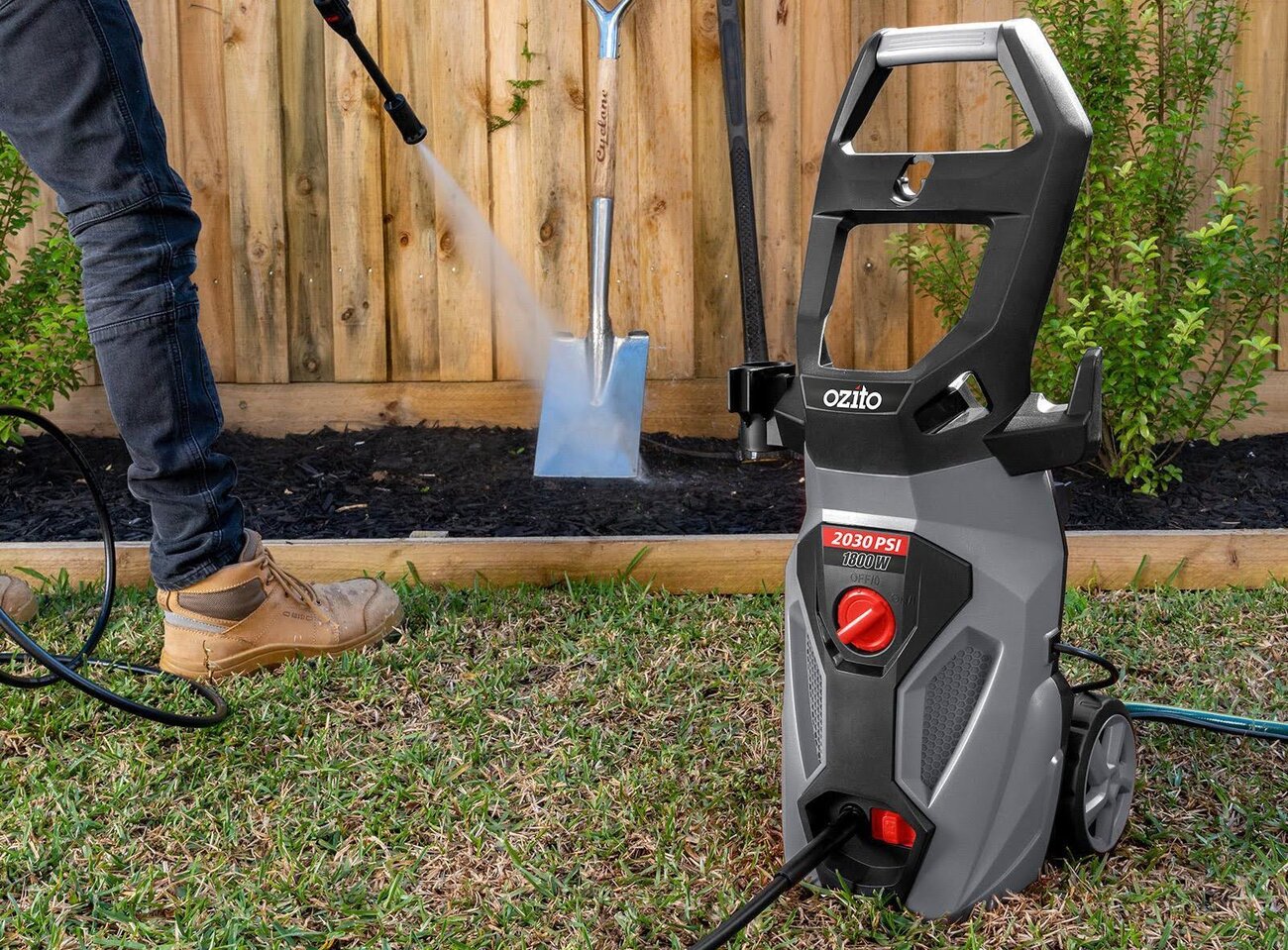
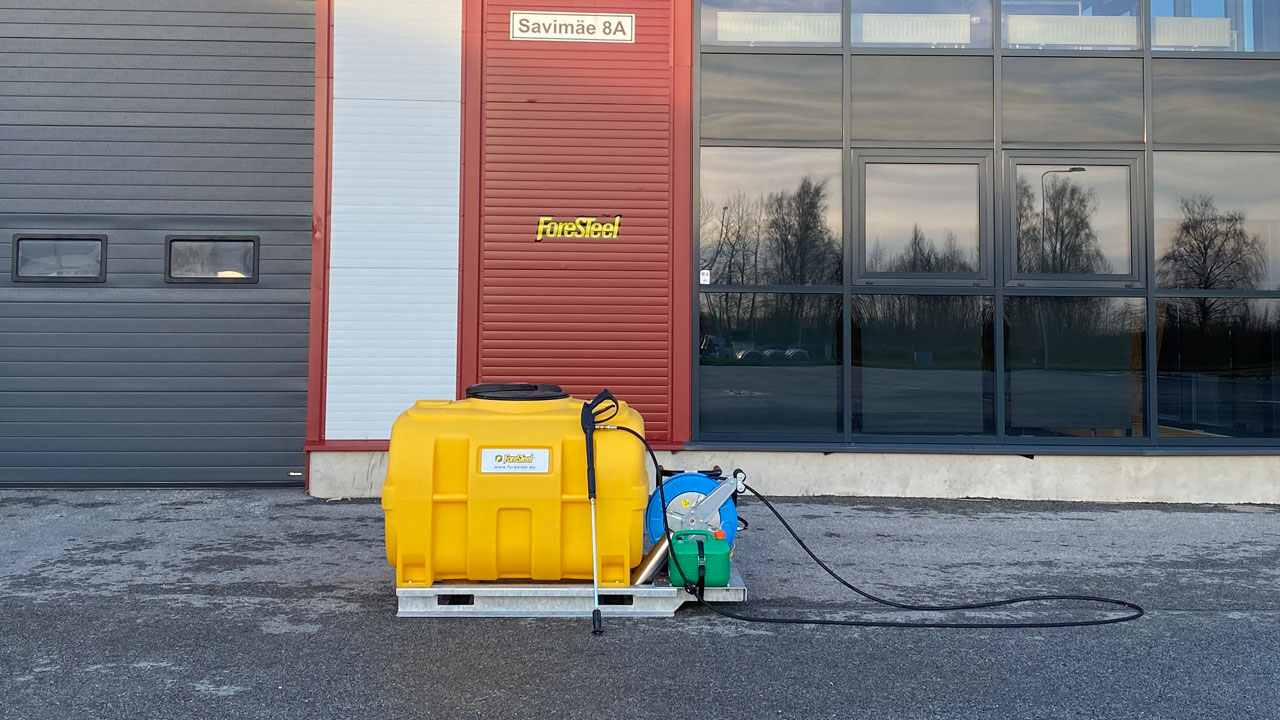
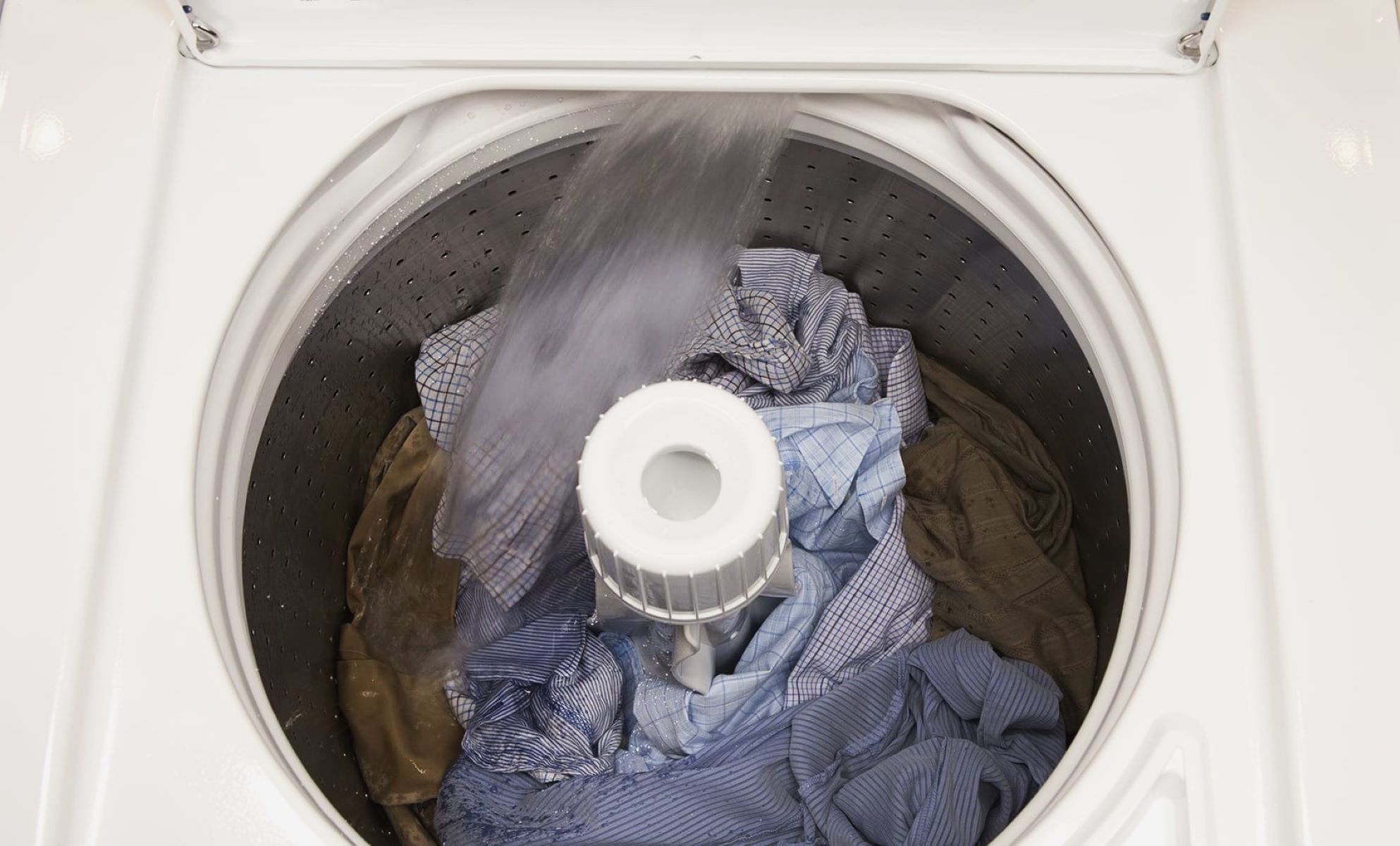
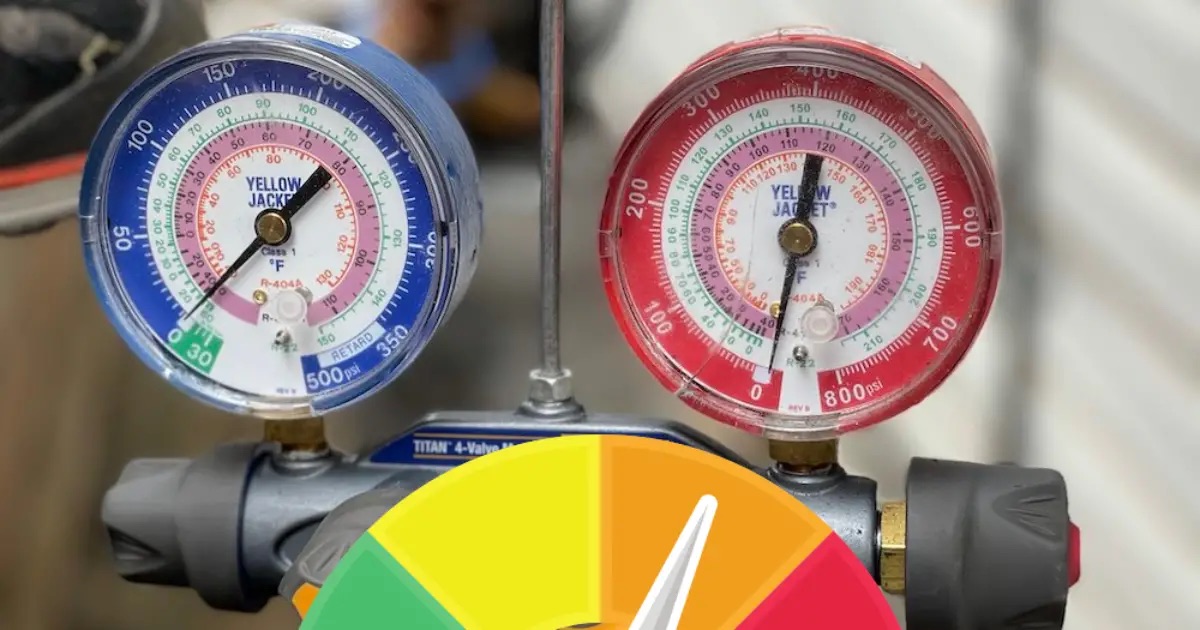
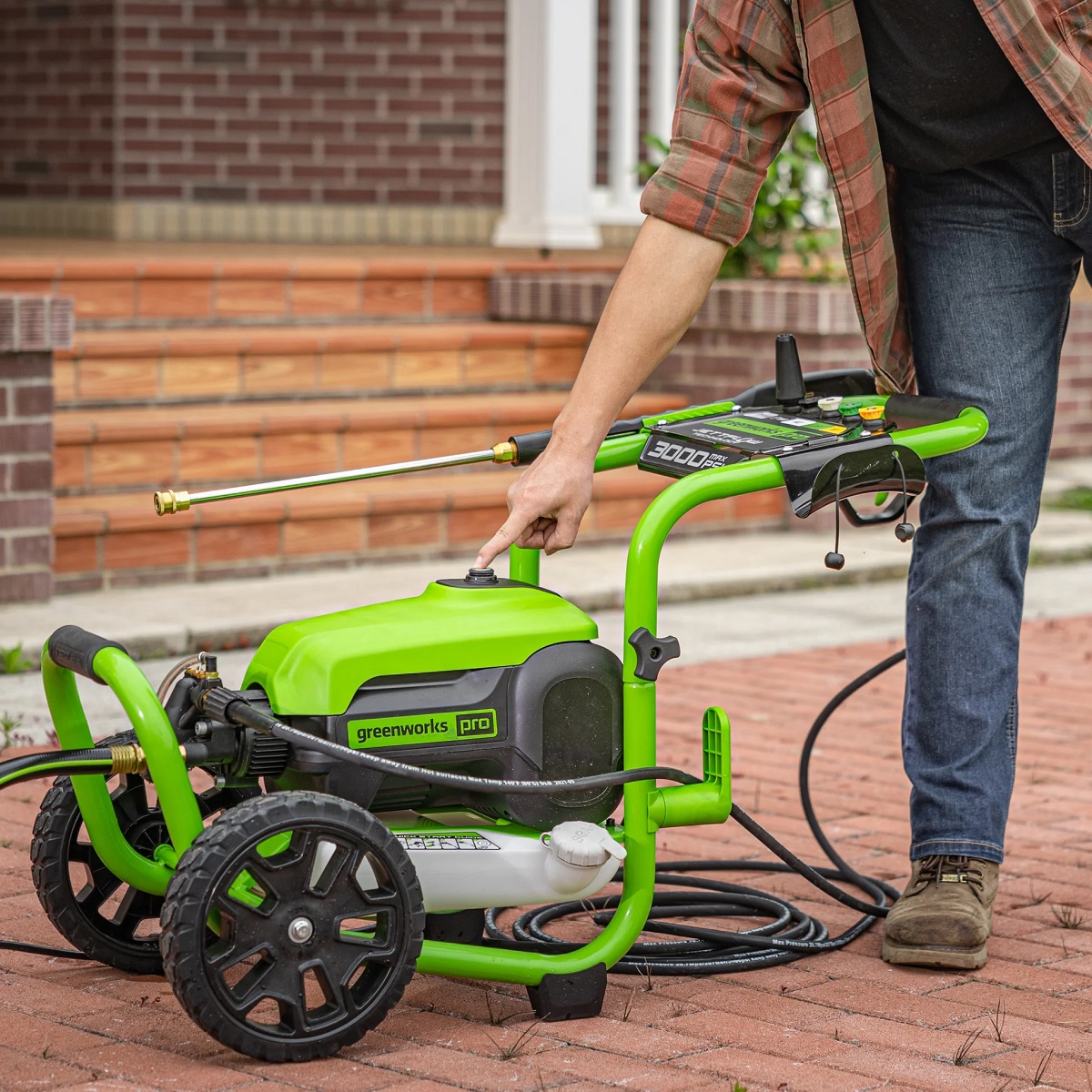
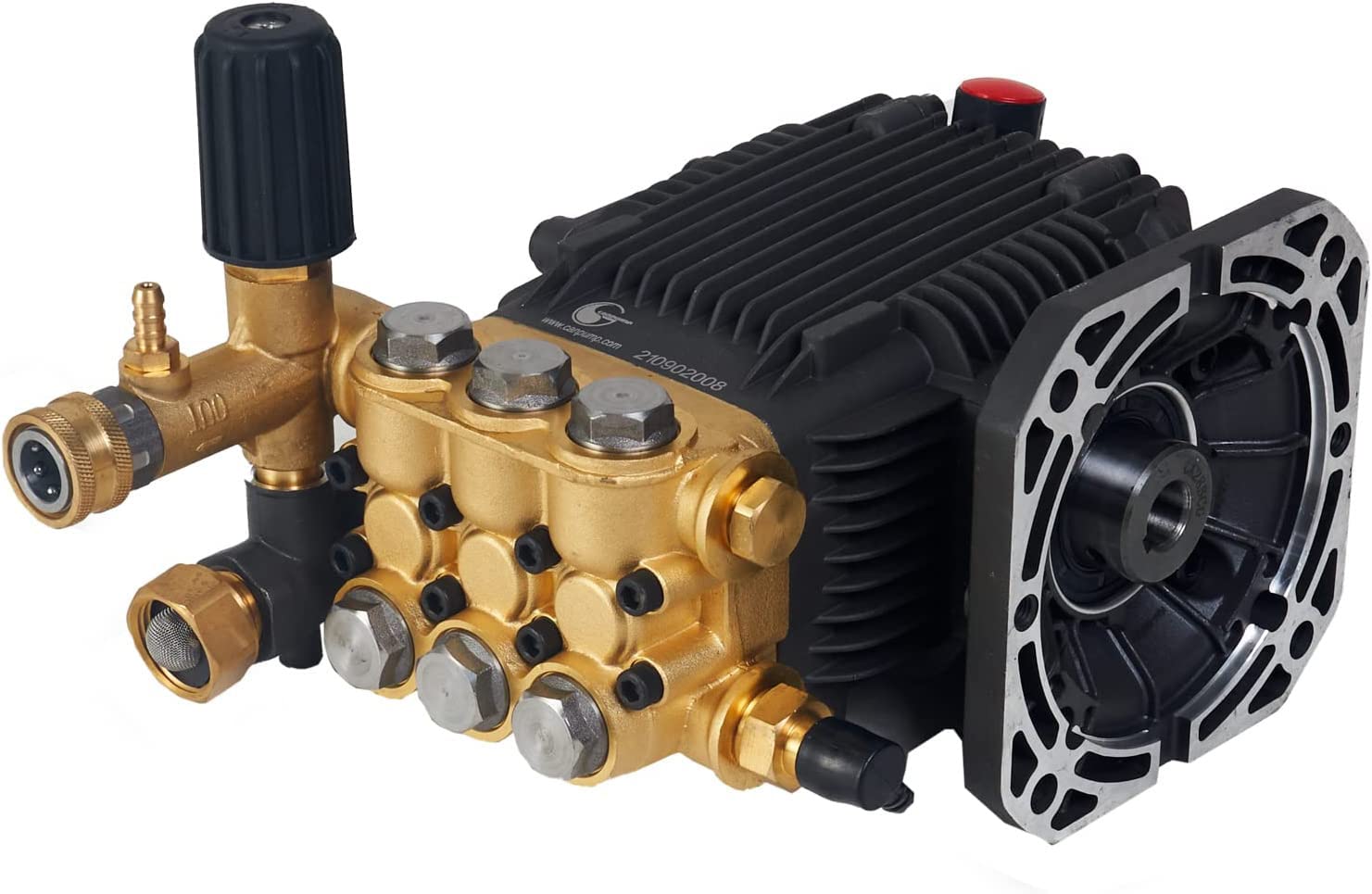
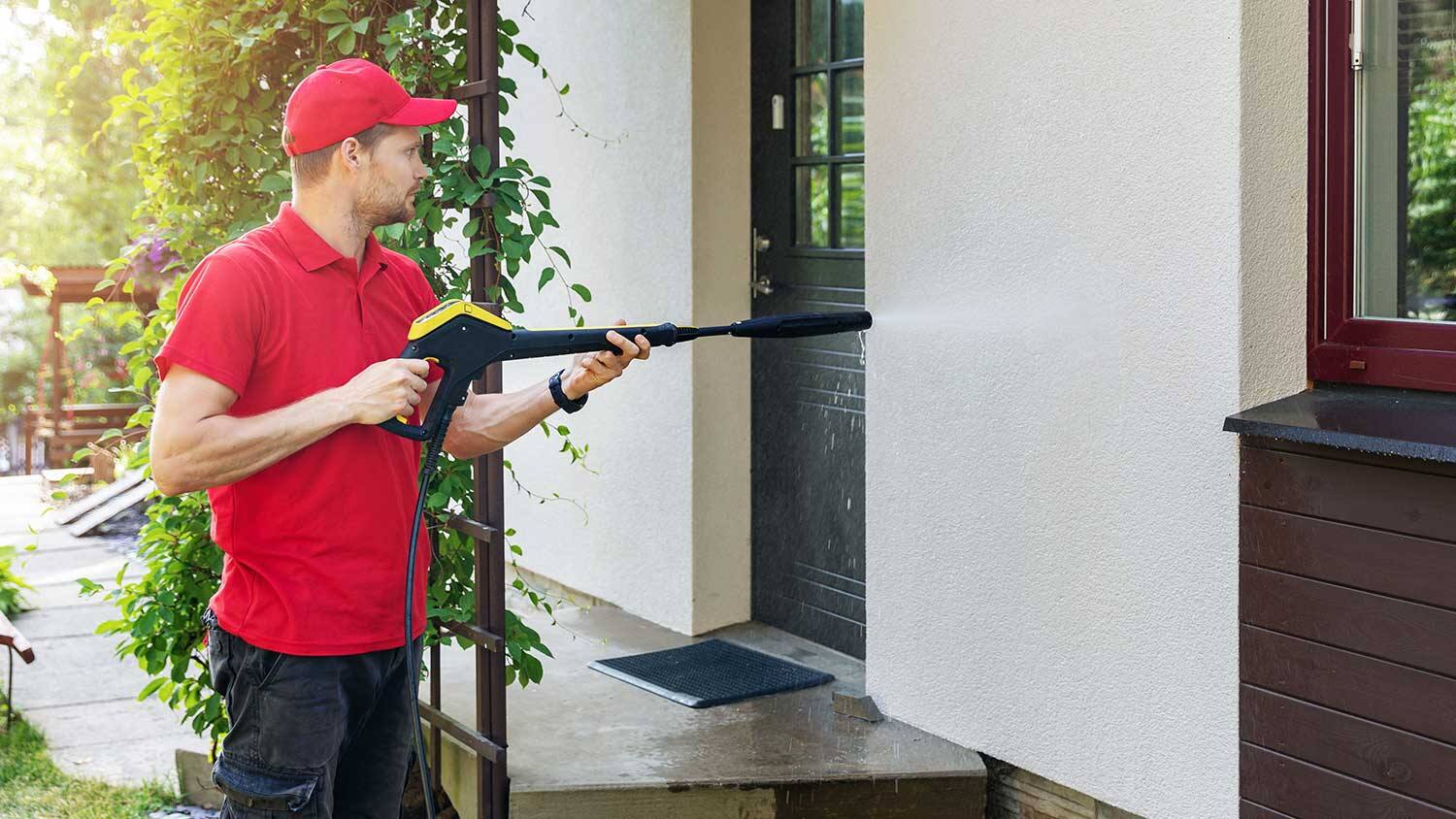
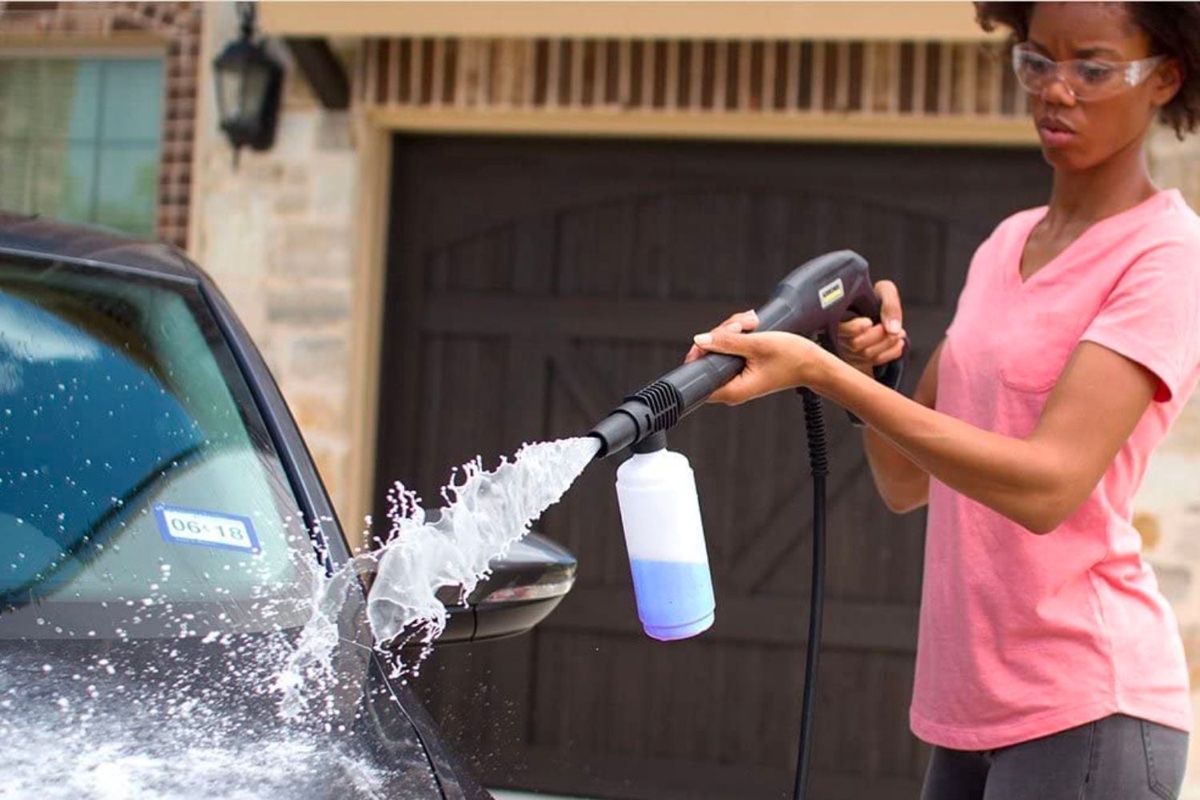
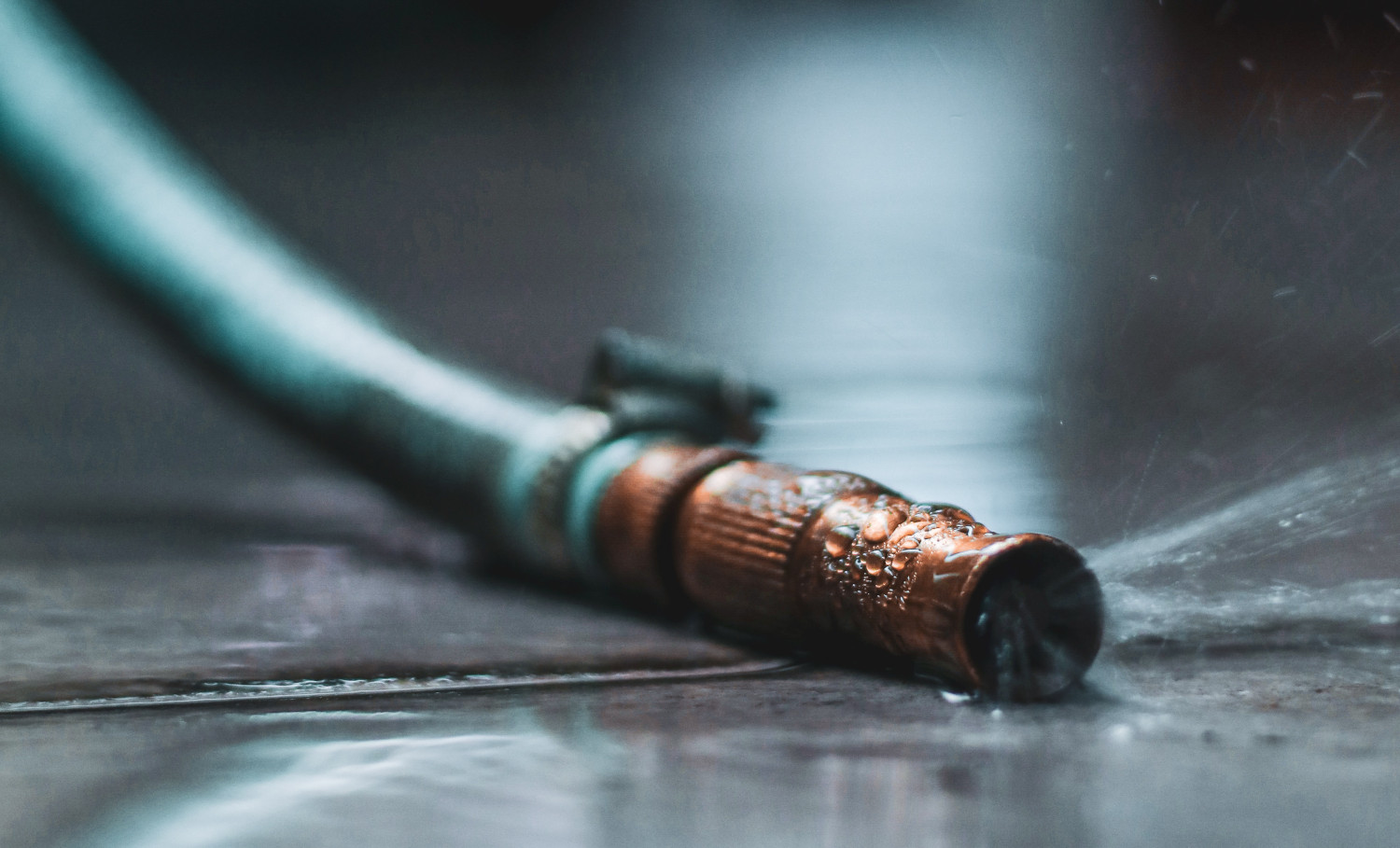
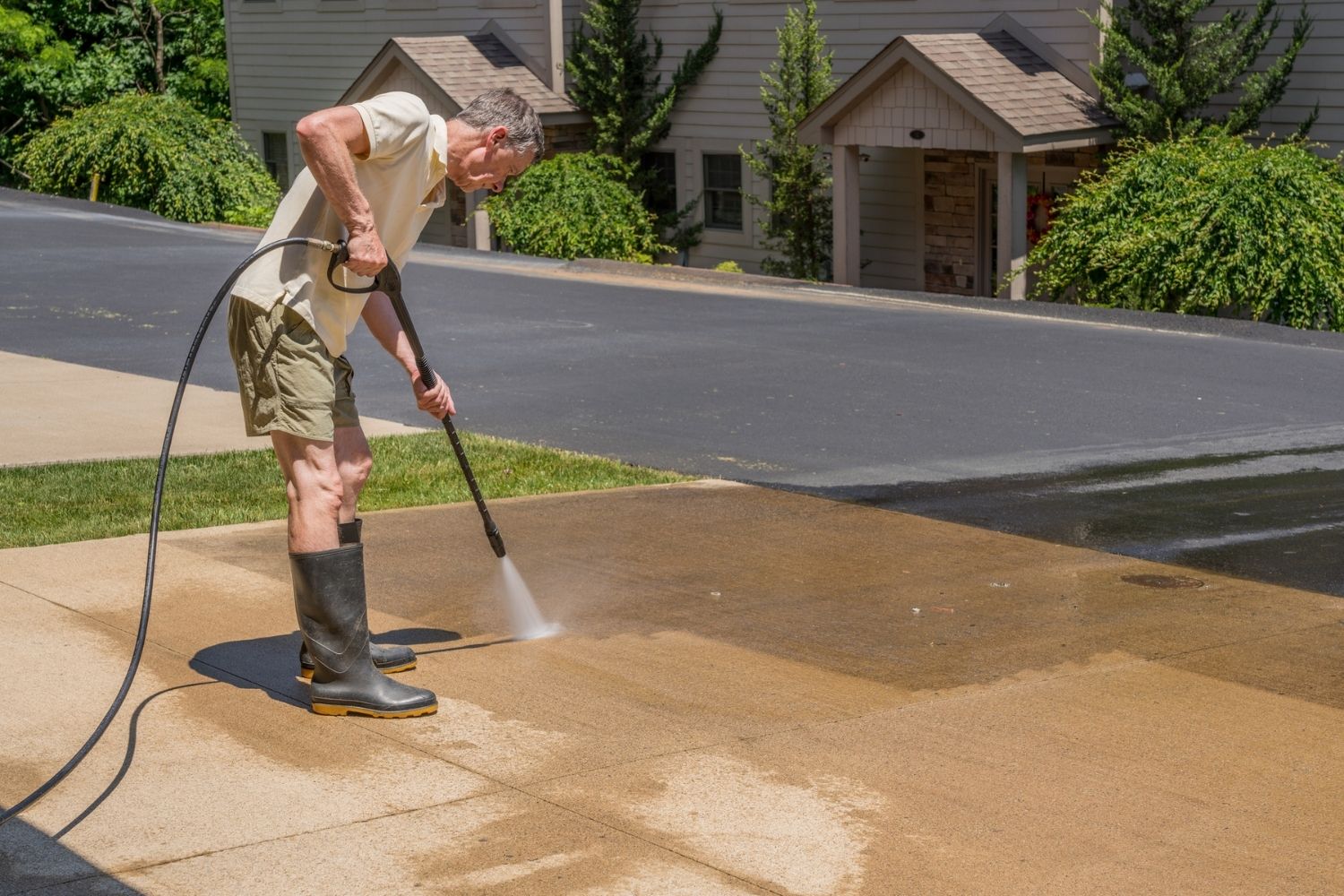
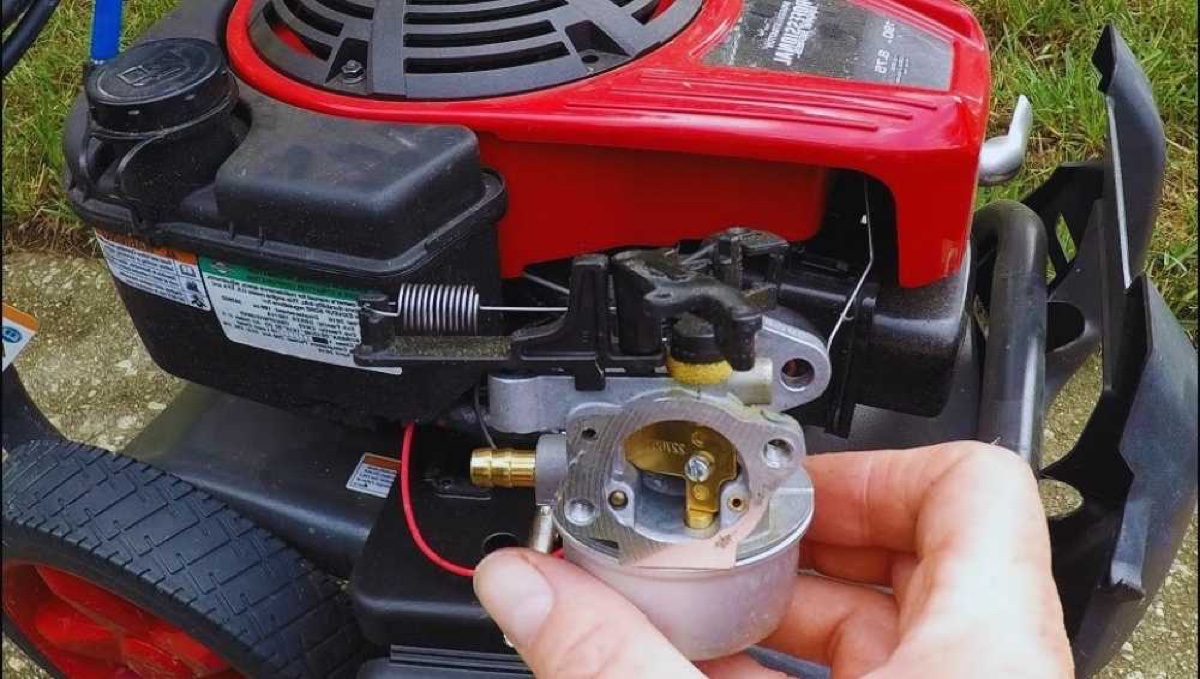
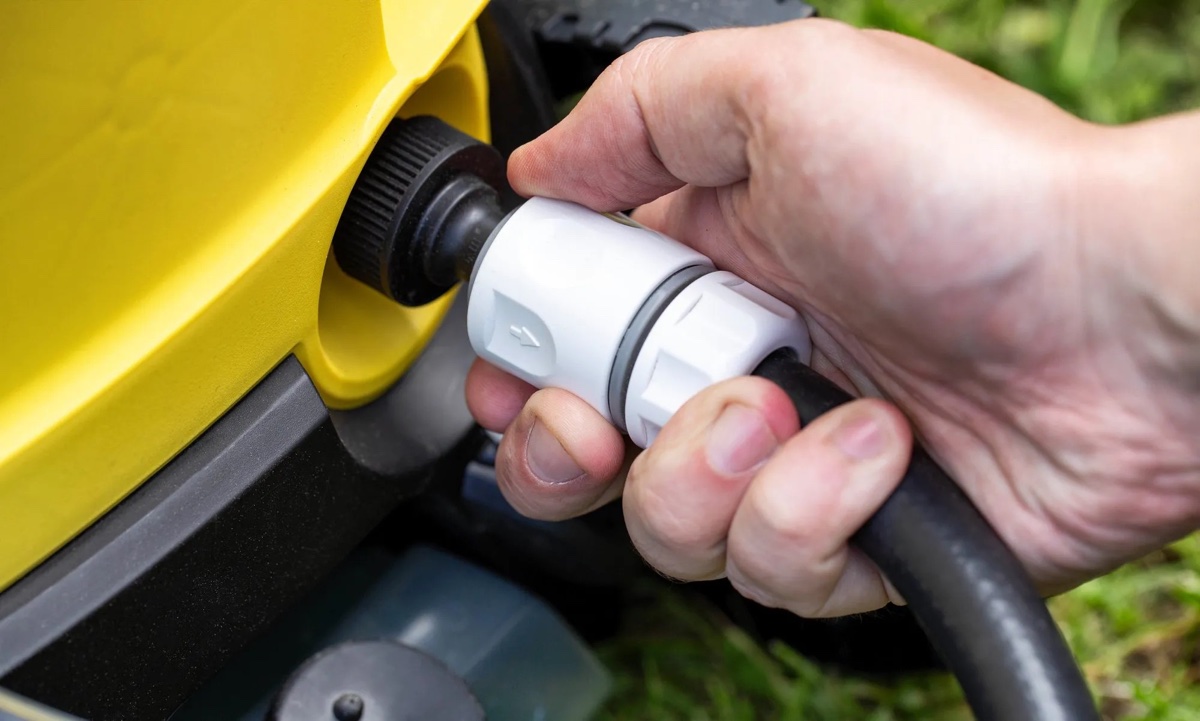
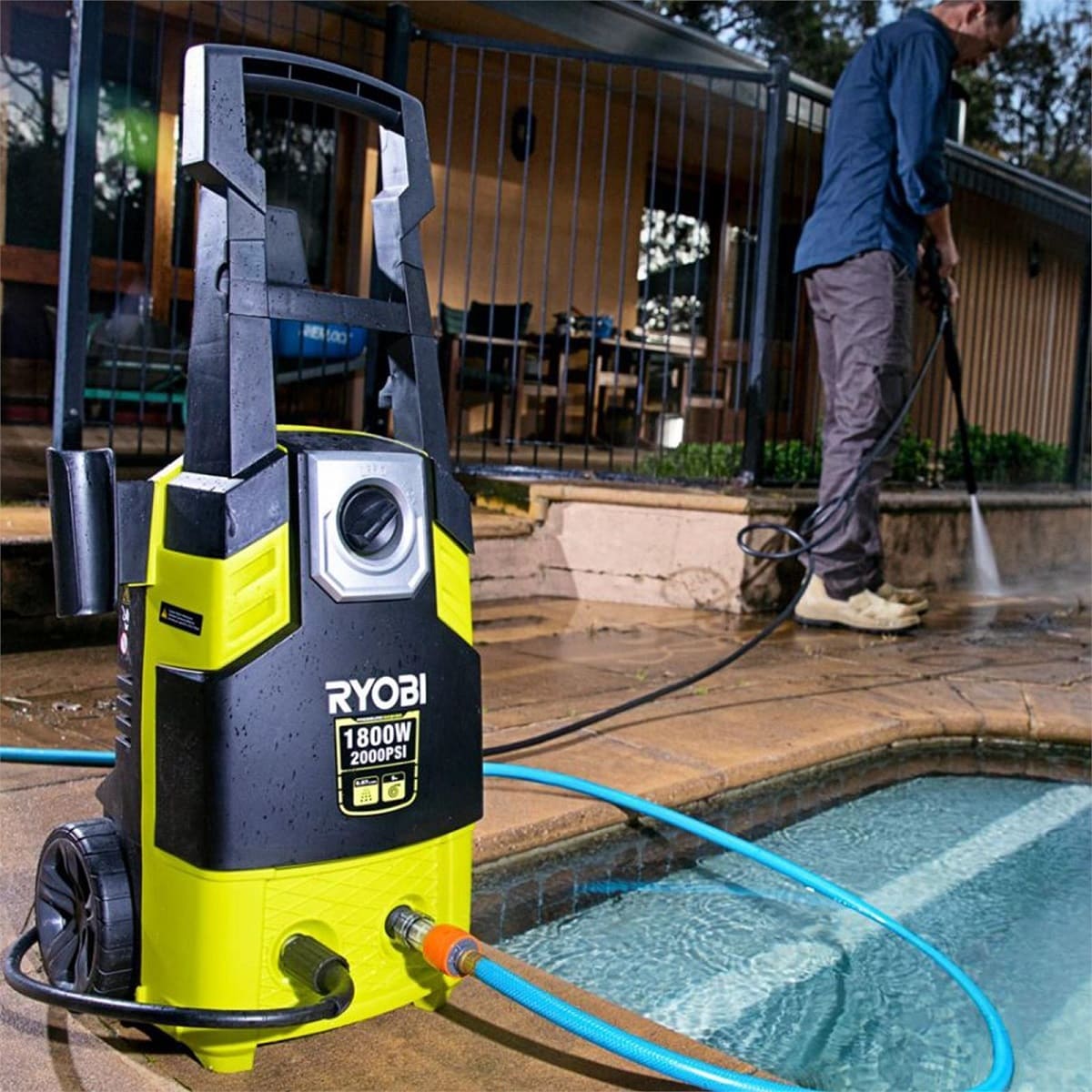

0 thoughts on “Water Pressure Drops When Washing Machine Is On”